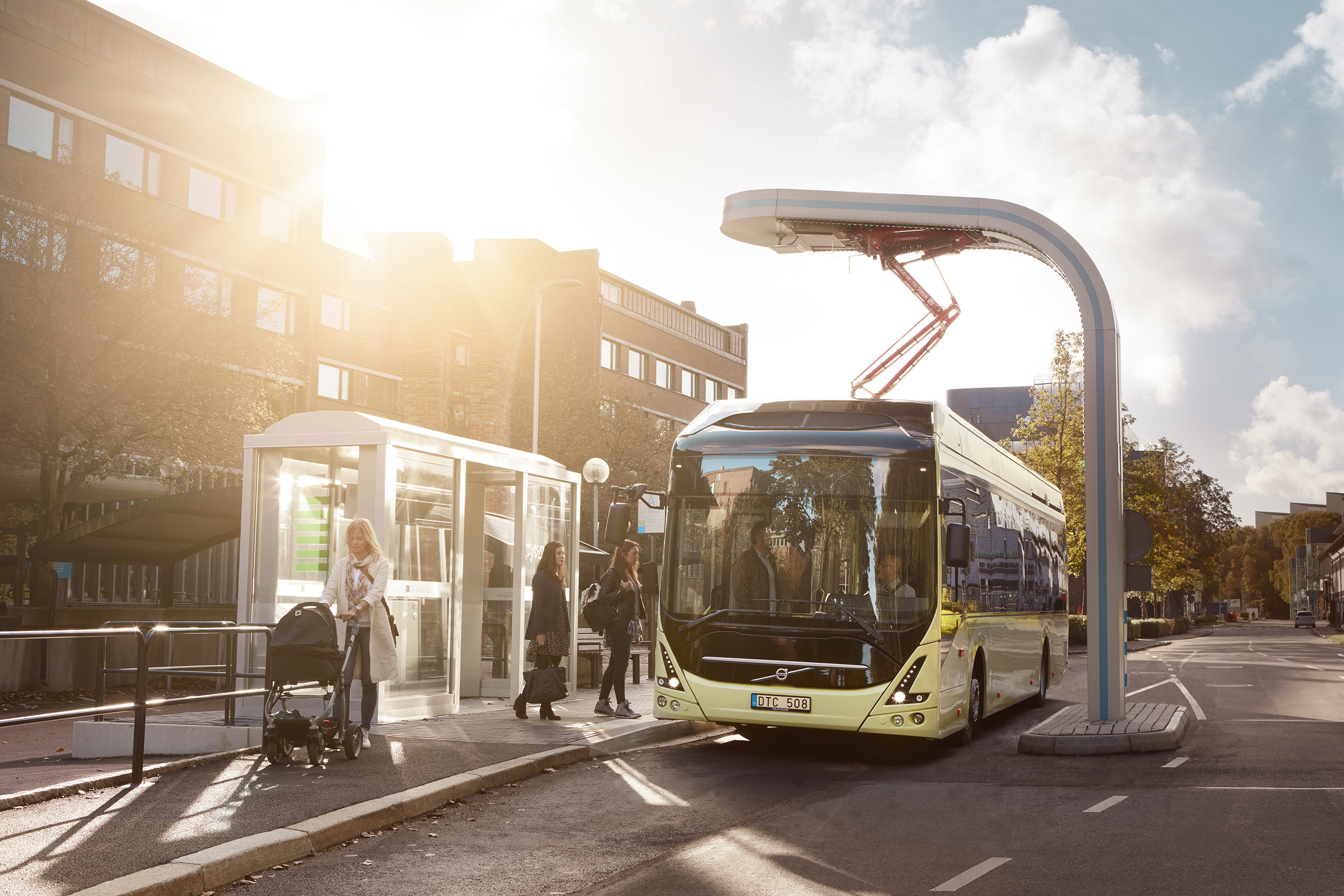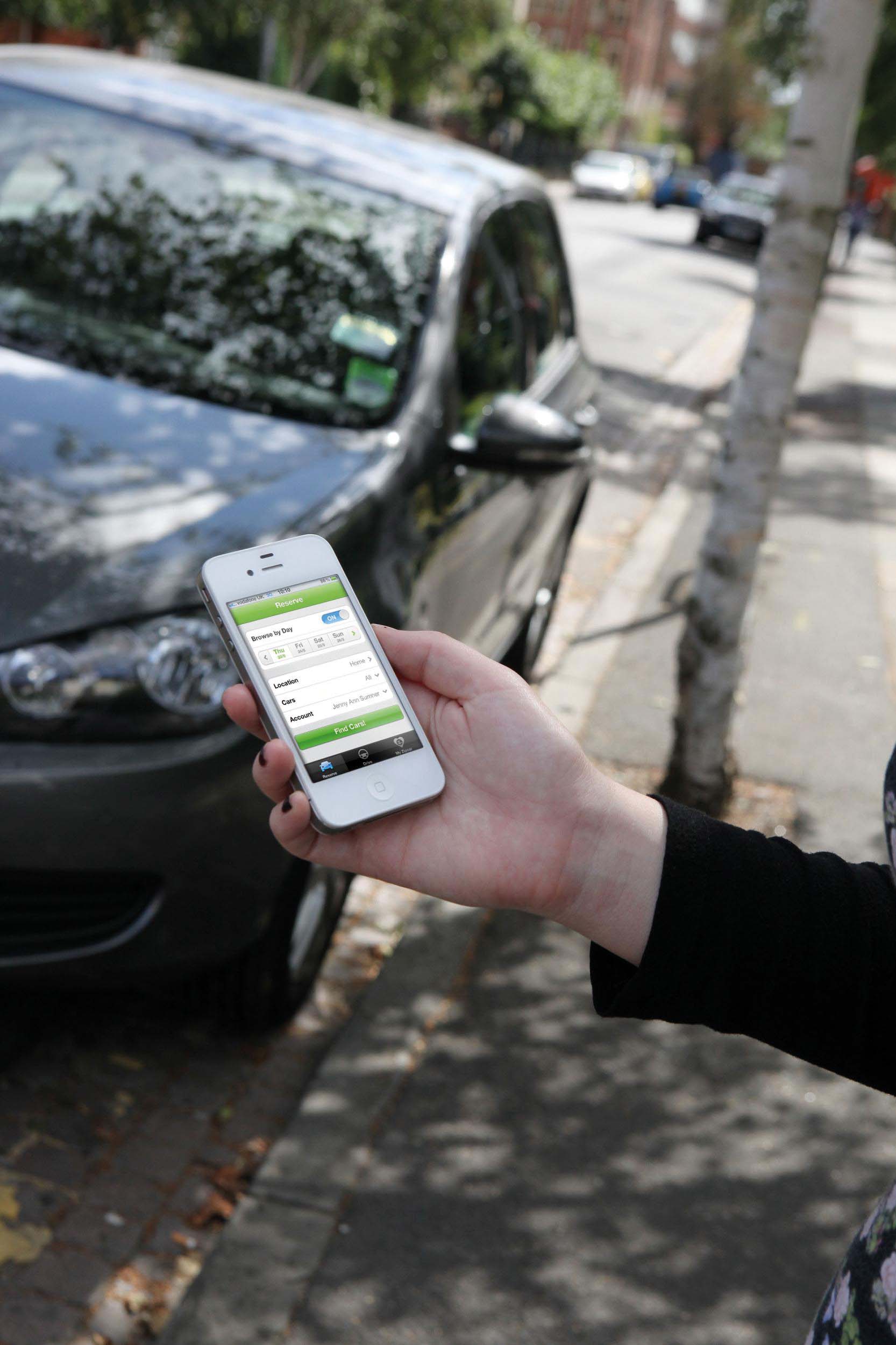A new report prepared by Ricardo for the Low Carbon Vehicle Partnership (LowCVP) to review the air quality impacts arising from the recent rapid increase in the number of low carbon buses in the UK recommends that the legislation needs to consider hybrid technology impacts in the test processes to avoid potential unintended consequences in terms of local emissions.
As they mainly operate in urban areas, local emissions from buses are of particular significance.
Reviewing worldwide test processes for
RSSA new report prepared by 5606 Ricardo for the Low Carbon Vehicle Partnership (LowCVP) to review the air quality impacts arising from the recent rapid increase in the number of low carbon buses in the UK recommends that the legislation needs to consider hybrid technology impacts in the test processes to avoid potential unintended consequences in terms of local emissions.
As they mainly operate in urban areas, local emissions from buses are of particular significance.
Reviewing worldwide test processes for HGV engines, the report says that Euro VI (EPA10 in USA) emissions levels for diesel and gas engines should be broadly indistinguishable (within measurement error) and that levels emitted from both engine types will be very low.
However, the limited whole vehicle test data available to the researchers showed that the real world improvements in regulated emissions often don’t match the expectations from legislative tests due to the operating cycles of engines on the road.
The most robust data available (supplied by1466 Transport for London’s bus fleet) showed that carbon emissions, fuel consumption and local air quality emissions were reduced for the low carbon vehicles compared with conventional buses. However, using an alternative metric of emissions intensity, in some cases the hybrid vehicles showed higher emission levels per unit of fuel burned than conventional buses indicating, researchers said, that there is further scope to optimise emissions control and after-treatment systems around the operating cycle.
The study says that technologies such as hybridisation offer the prospect of significant reductions in fuel consumption and CO2 emissions compared to conventionally powered vehicles, but the improvement in terms of regulated emissions may not be as great.
The researchers recommend, however, that consideration of hybrid technologies in the legislative test cycle is needed to facilitate further air quality reduction. It is also recommended that buses - both conventional and hybridised, and both fossil and alternatively fuelled – should be optimised over drive cycles more directly representative of their operational use.
The report also notes that unregulated emissions remain a concern to legislators and are likely to become regulated over time where they are seen to have an air quality impact. Unregulated emissions of current concern are: ammonia, N2O/NO2, benzene (from diesels) and methane, ammonia and aldehydes (from gas engines).
Commenting on the research, the LowCVP’s managing director, Andy Eastlake said: “The primary focus of our work has been, and will remain, the reduction of carbon and greenhouse gas emissions to mitigate climate change. It’s important, though, that we always keep an eye on other effects of the low carbon shift, including any impacts on local air quality.
“Using appropriate test methods for every new technology and application, such as the process we have implemented for the low carbon bus will help us make sure that low carbon is in all ways low emission.”
Says Dave Greenwood, head of the Ricardo hybrid and electric systems product group, “Urban air quality is a significant issue for many towns and cities worldwide, alongside wider national and international concerns regarding carbon dioxide emissions. The hybridisation of bus fleet powertrains offers a potential means of reducing fuel consumption and CO2 emissions but as this research highlights, it is important that such low carbon technologies are applied in an optimal manner, taking account of real-world duty cycles in order to ensure that all regulated pollutants - including those of carbon dioxide - are kept as low as possible."
As they mainly operate in urban areas, local emissions from buses are of particular significance.
Reviewing worldwide test processes for HGV engines, the report says that Euro VI (EPA10 in USA) emissions levels for diesel and gas engines should be broadly indistinguishable (within measurement error) and that levels emitted from both engine types will be very low.
However, the limited whole vehicle test data available to the researchers showed that the real world improvements in regulated emissions often don’t match the expectations from legislative tests due to the operating cycles of engines on the road.
The most robust data available (supplied by
The study says that technologies such as hybridisation offer the prospect of significant reductions in fuel consumption and CO2 emissions compared to conventionally powered vehicles, but the improvement in terms of regulated emissions may not be as great.
The researchers recommend, however, that consideration of hybrid technologies in the legislative test cycle is needed to facilitate further air quality reduction. It is also recommended that buses - both conventional and hybridised, and both fossil and alternatively fuelled – should be optimised over drive cycles more directly representative of their operational use.
The report also notes that unregulated emissions remain a concern to legislators and are likely to become regulated over time where they are seen to have an air quality impact. Unregulated emissions of current concern are: ammonia, N2O/NO2, benzene (from diesels) and methane, ammonia and aldehydes (from gas engines).
Commenting on the research, the LowCVP’s managing director, Andy Eastlake said: “The primary focus of our work has been, and will remain, the reduction of carbon and greenhouse gas emissions to mitigate climate change. It’s important, though, that we always keep an eye on other effects of the low carbon shift, including any impacts on local air quality.
“Using appropriate test methods for every new technology and application, such as the process we have implemented for the low carbon bus will help us make sure that low carbon is in all ways low emission.”
Says Dave Greenwood, head of the Ricardo hybrid and electric systems product group, “Urban air quality is a significant issue for many towns and cities worldwide, alongside wider national and international concerns regarding carbon dioxide emissions. The hybridisation of bus fleet powertrains offers a potential means of reducing fuel consumption and CO2 emissions but as this research highlights, it is important that such low carbon technologies are applied in an optimal manner, taking account of real-world duty cycles in order to ensure that all regulated pollutants - including those of carbon dioxide - are kept as low as possible."








